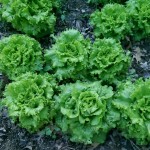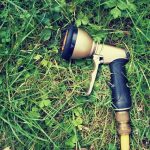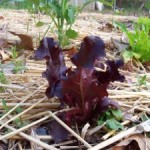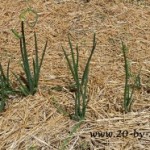One of the most defeating events for a new gardener is when our carefully planted garden beds become overwhelmed with weeds, seemingly overnight.
I recall a few years ago when 2 weeks of steady rain kept me from doing any garden tasks. Once the rain cleared I was devastated to see that in that time bermuda grass had taken over most of the garden. I tried an organic “bermuda grass killer” which had no effect beyond taking $7 out of my wallet.
Ultimately, I painstakingly removed each new clump of grass by hand, leaving me with a considerable farmer’s tan and calluses on my fingers. Let me spare you that frustration by sharing what works and what doesn’t in weed control. These rules apply to flower gardens and vegetable gardens alike.
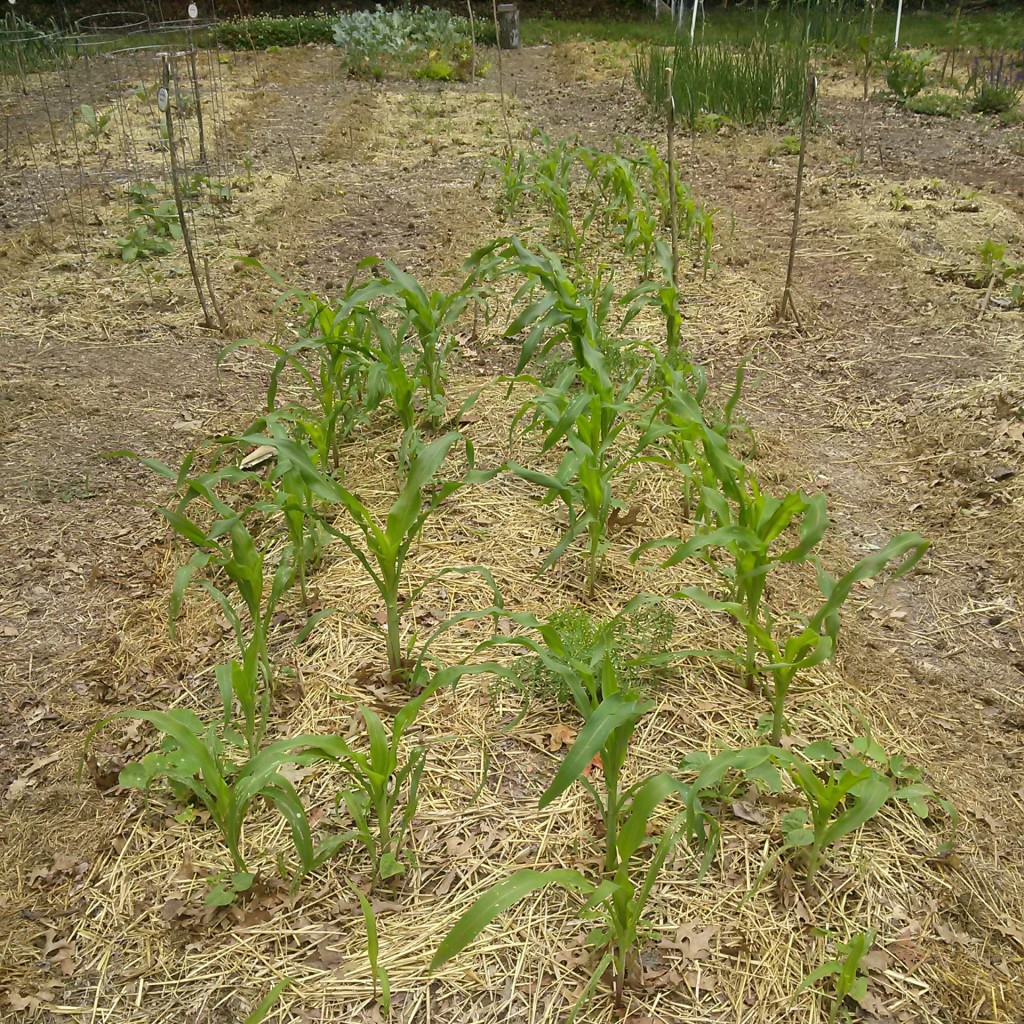
What works:
- Lasagna gardening– I am a big believer in lasagna gardening and my 3000 sq. feet of garden space is developed and maintained with this system. No expensive, heavy or difficult to handle equipment is required to create beautiful, healthy garden soil. Details here.
- Create a weeding schedule– There will always be some weeds in any space you cultivate, so create a weeding schedule and make it a family event! I like to use my evening garden walks after dinner to pull a few weeds. With the whole family in tow, you can keep your garden weed-free in just a few minutes a week.
- Mulching- I use straw to mulch around my crops. This shades the soil, keeping sun-loving weeds at bay while suffocating any potential sprouts.
- Cover crops- Bare soil is a weed-magnet. In areas without active crops, plant cover crops (buckwheat and oats are my favorite). They keep the soil microbes active, while stifling out weeds.
What doesn’t:
- Tilling– Tilling creates a flourish of fertility when the soil is loosened. People love it for their crops, but it also creates the perfect environment for weeds. Lasagna gardening prepares the soil better for long-term growth while killing weeds.
- Weed barrier fabric– More than once I have had to remove weed barrier fabric left by a previous homeowner. Weeds can and will grow through this fabric making the process of preparing the bed almost impossible. A few layers of newspaper added around plants and topped with mulch works better than weed barrier, is free, and decomposes to feed the soil.
- Chemicals– Since I’m an organic gardener, you know I have to put this on my list. I simply cannot condone anything added to the soil which can potentially make it’s way to my family’s water supply. Not only are these chemicals bad for our environment and health, they are indiscriminate. They will kill your roses along with weeds and when sprayed on a windy day, can travel and potentially damage your neighbors plants. With the weed control methods explained above, there’s simply no need for chemicals in the garden.
Good weed control makes gardening a joy rather than a chore.
 Tiffany Selvey is a Master Gardener who writes about her passion for growing, cooking, and living naturally at www.Songbird-Gardens.com. When she’s not elbow deep in soil, she enjoys raising a very active son, laughing with her husband, and wrangling their pets. Follow Tiffany’s gardening adventures on facebookand on twitter.
Tiffany Selvey is a Master Gardener who writes about her passion for growing, cooking, and living naturally at www.Songbird-Gardens.com. When she’s not elbow deep in soil, she enjoys raising a very active son, laughing with her husband, and wrangling their pets. Follow Tiffany’s gardening adventures on facebookand on twitter.

